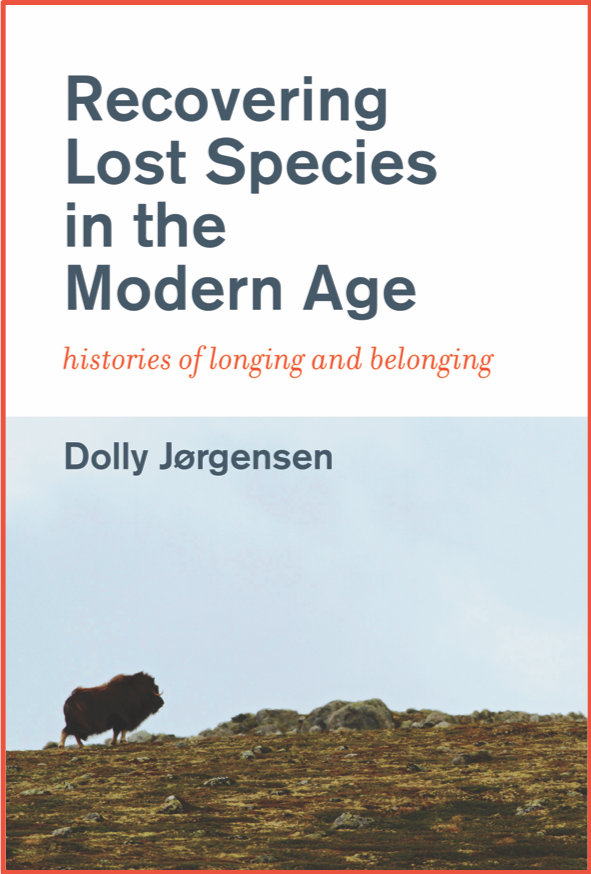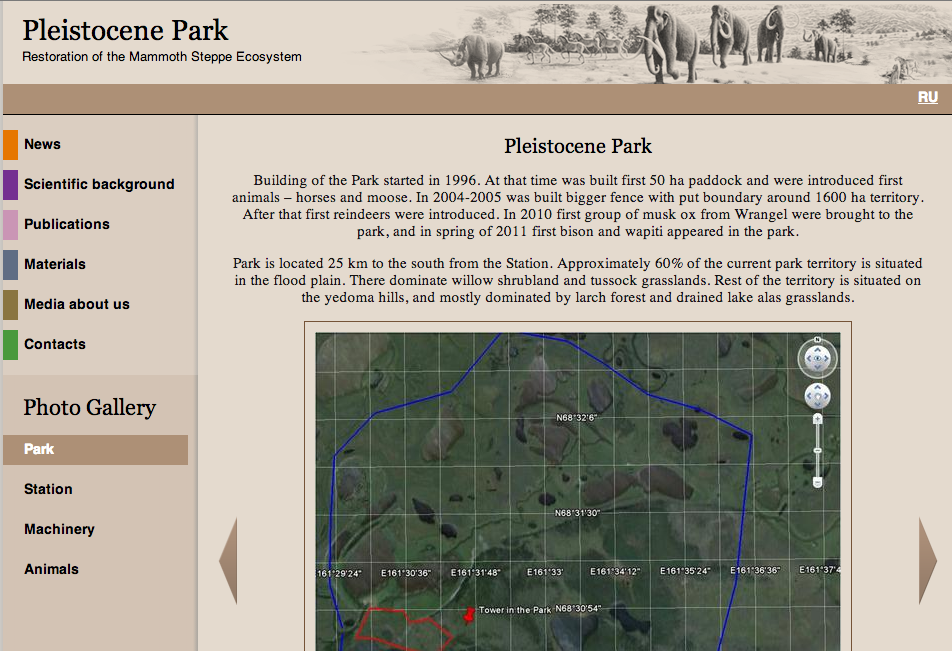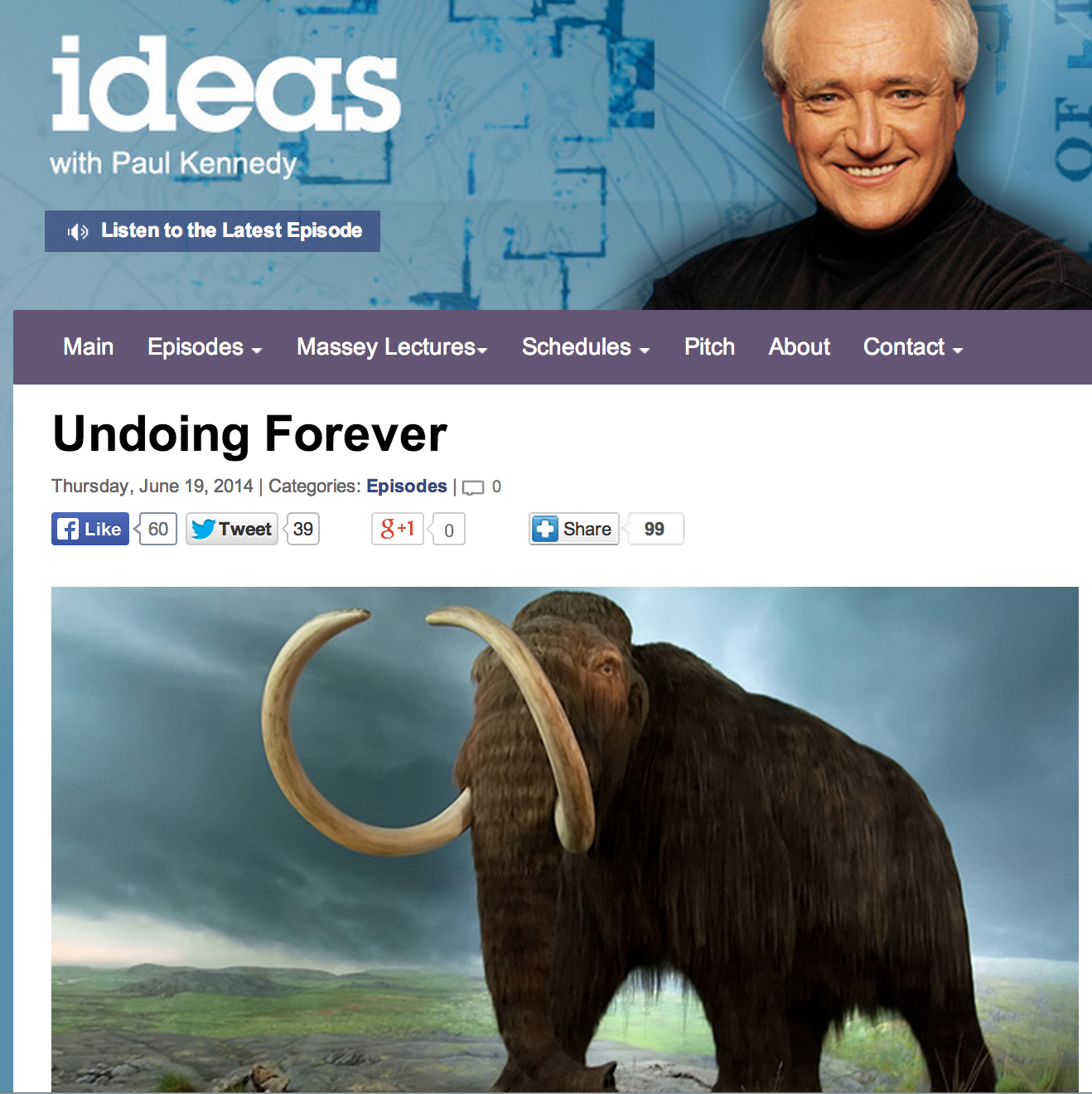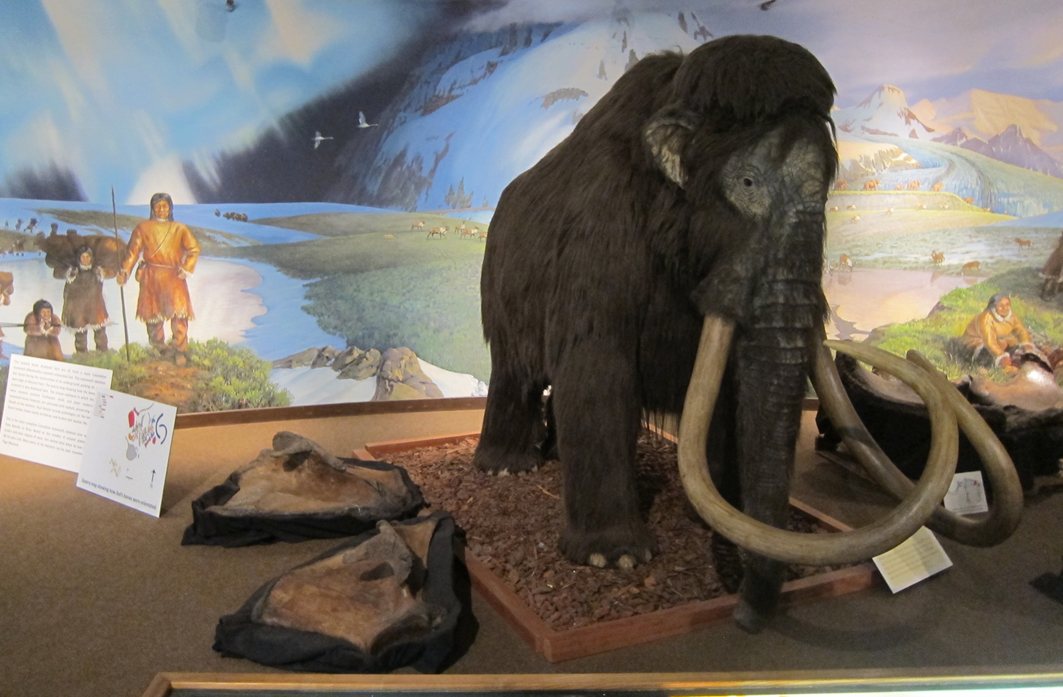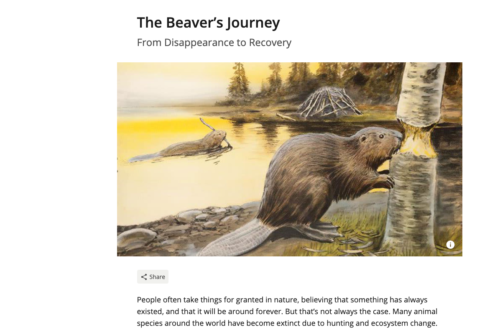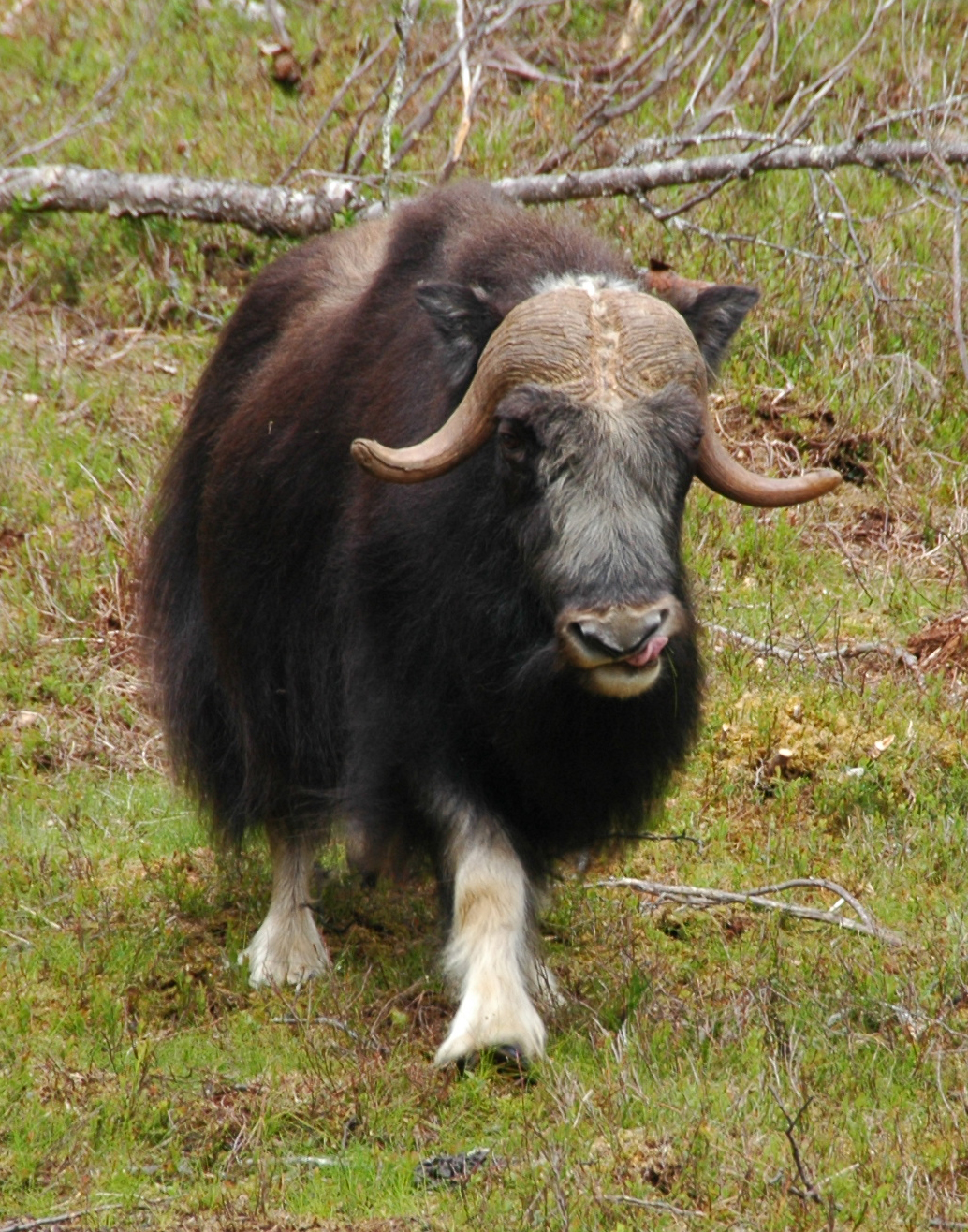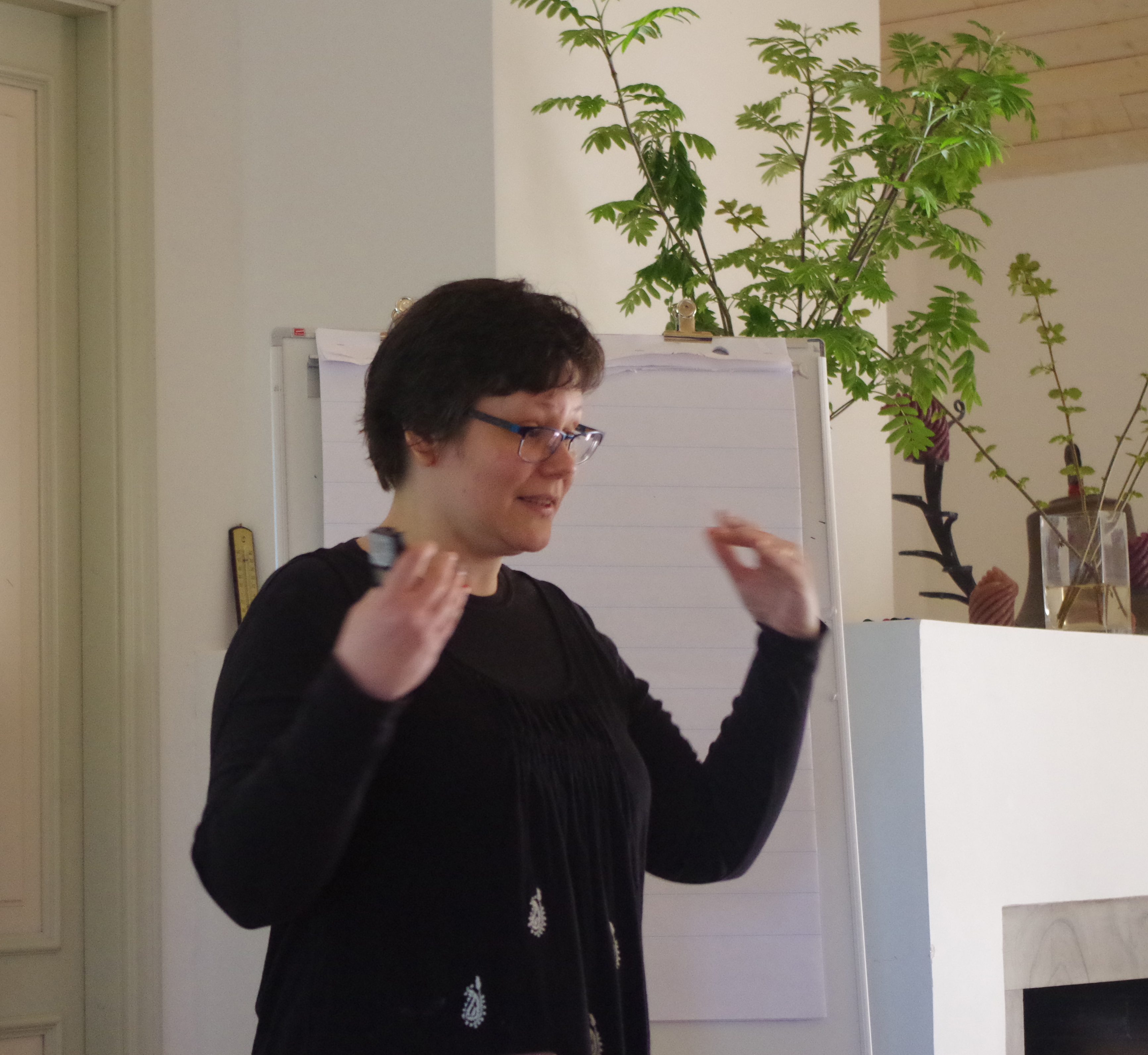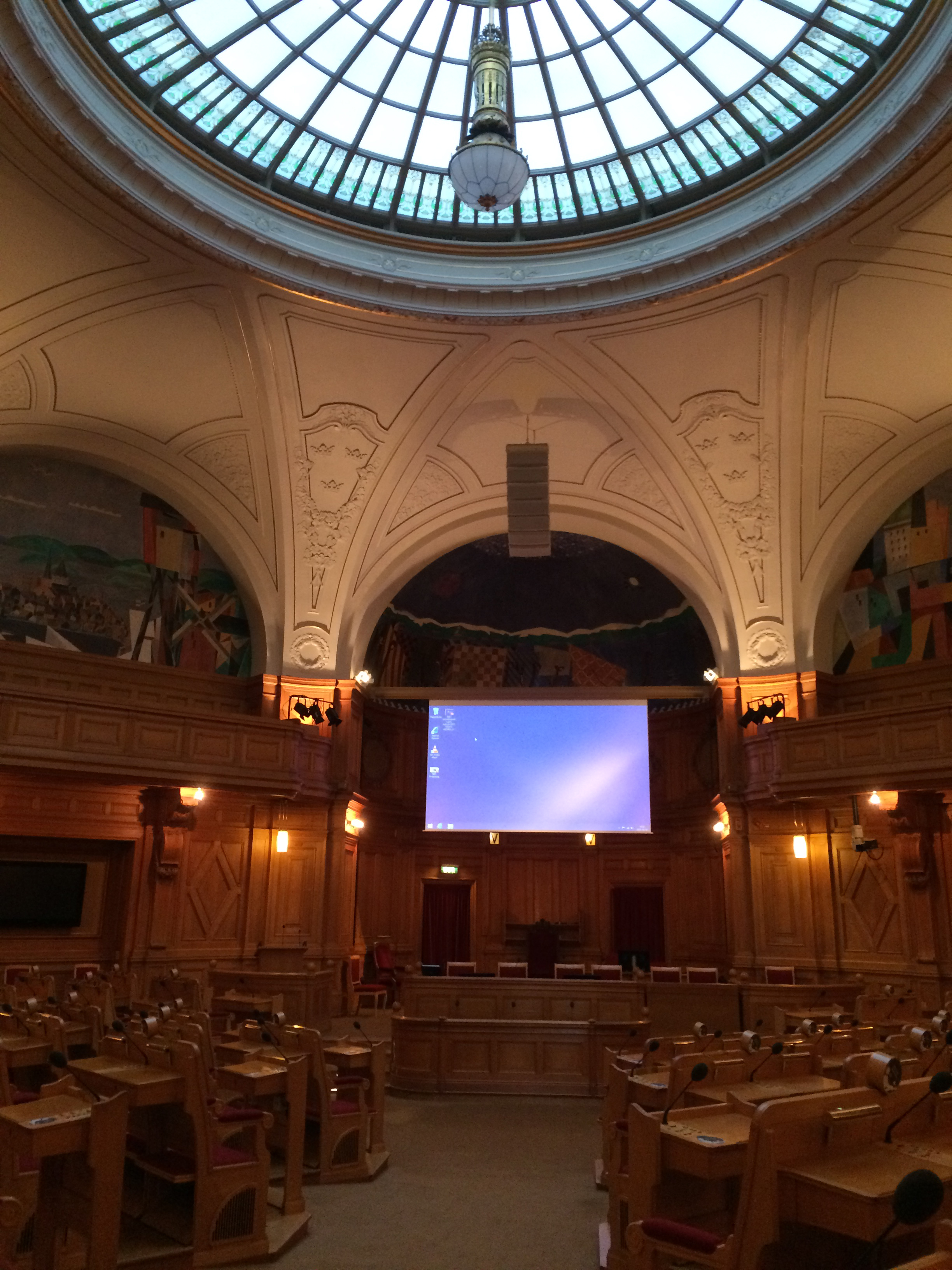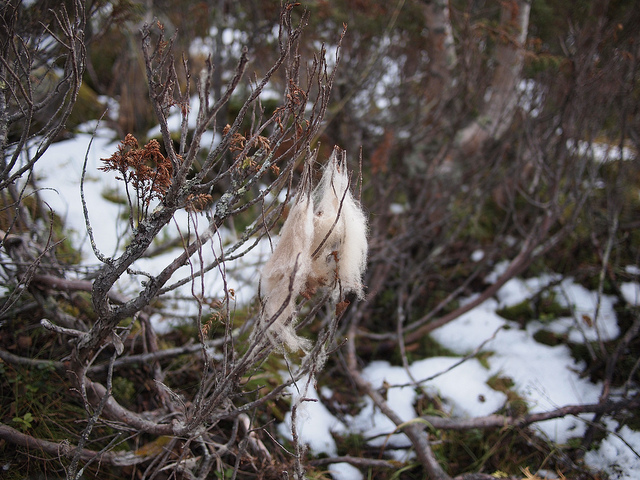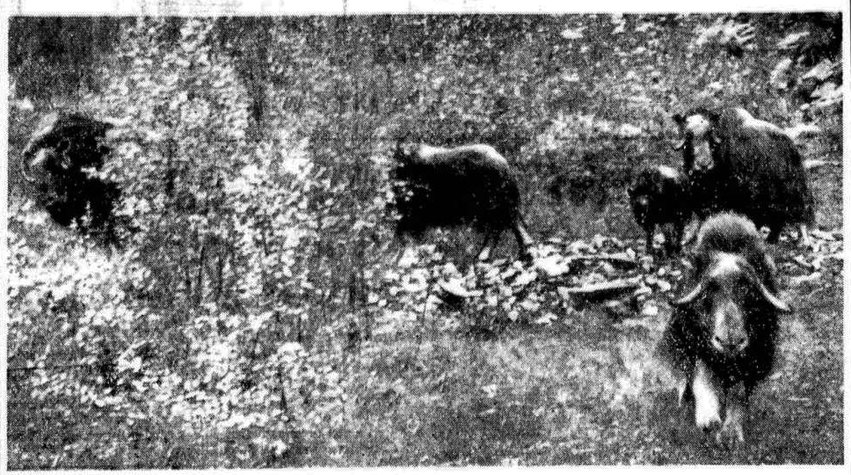publication
-
Recovering Lost Species in the Modern Age
My monograph Recovering Lost Species in the Modern Age: Histories of Longing and Belonging was published by MIT Press in October 2019. In the book, I tell environmental histories of reintroduction, rewilding, and resurrection to situate the modern conservation paradigm of the modern recovery of nature. I argue that the recovery of nature—identifying that something is lost and then going out to find it and bring it back—is a nostalgic process that looks to a historical past and relies on belonging to justify future-oriented action. As a nostalgic process, recovery depends on emotional responses to the lost, particularly a longing for recovery that manifests itself in emotions such as guilt,…
-
Endling, a new word for new times
I have published an article “Endling, the power of the last in an extinction-prone world” in the journal Environmental Philosophy. In the article I put together the history of a word (and the history of the idea) to represent the last individual of a species. This word, endling, has an exciting 20-year history. It began with a proposal in a short letter to the journal Nature in 1996 to coin a word to represent the last in a line. It was then picked up by the curators of the planned National Museum of Australia (NMA) that opened its doors in 2001 as part of a memorial to extinction, with a special focus on the thylacine. This…
-
My new place for stories
This January (2017) will mark four full years of writing on this research blog. When I started the blog, I wasn’t really sure what it was for. Was it for ‘public’ dissemination of results? Scholarly discussion? Visibility for my work? I’m not sure that I can answer those questions even now four years later. But what I do know is that writing on this blog has changed the way I do research. I have now published an article about the transformations in my research process spurred on by the digital medium you are reading. My article “A new place for stories: Blogging as an environmental history research tool” appears in the book Methodological Challenges…
-
Unexpected media blitz
Earlier this week the press department at my university published a write-up in Swedish about this project based on an interview with me: Utrotade arters återkomst väcker känslor. The university press contact Sofia Stridsman had seen that I had an article in The Washington Post and wanted to find out more about my research. I thought it was a nice gesture, so I quickly agreed to the interview.
-
A non-specialist specialist
This week I’m at the 12th European Multicolloquium of Parasitology (EMOP XII) in Turku, Finland. Why, you might ask, am I at a conference about parasites? I am not by any stretch a parasite specialist like the rest of the attendees. But I was asked to give a plenary speech in spite of, or even more correctly because of, my background. I think how this came about can be instructive for environmental historians so I’ll tell you the story.
-
Animals and authority in the Arctic
I have a new article out co-authored with Peder Roberts (KTH Royal Institute of Technology) on the many attempts and plans by Norwegians to move animals to and from the Arctic during the Interwar period. We teamed up together on this because while I had looked into the muskoxen relocated from East Greenland to Svalbard and the plans to introduce lemmings and rabbits as fox food on Svalbard, Peder had done work on penguin, seal, and reindeer relocations involving the Antarctic. The sheer number of these attempts was mind boggling.
